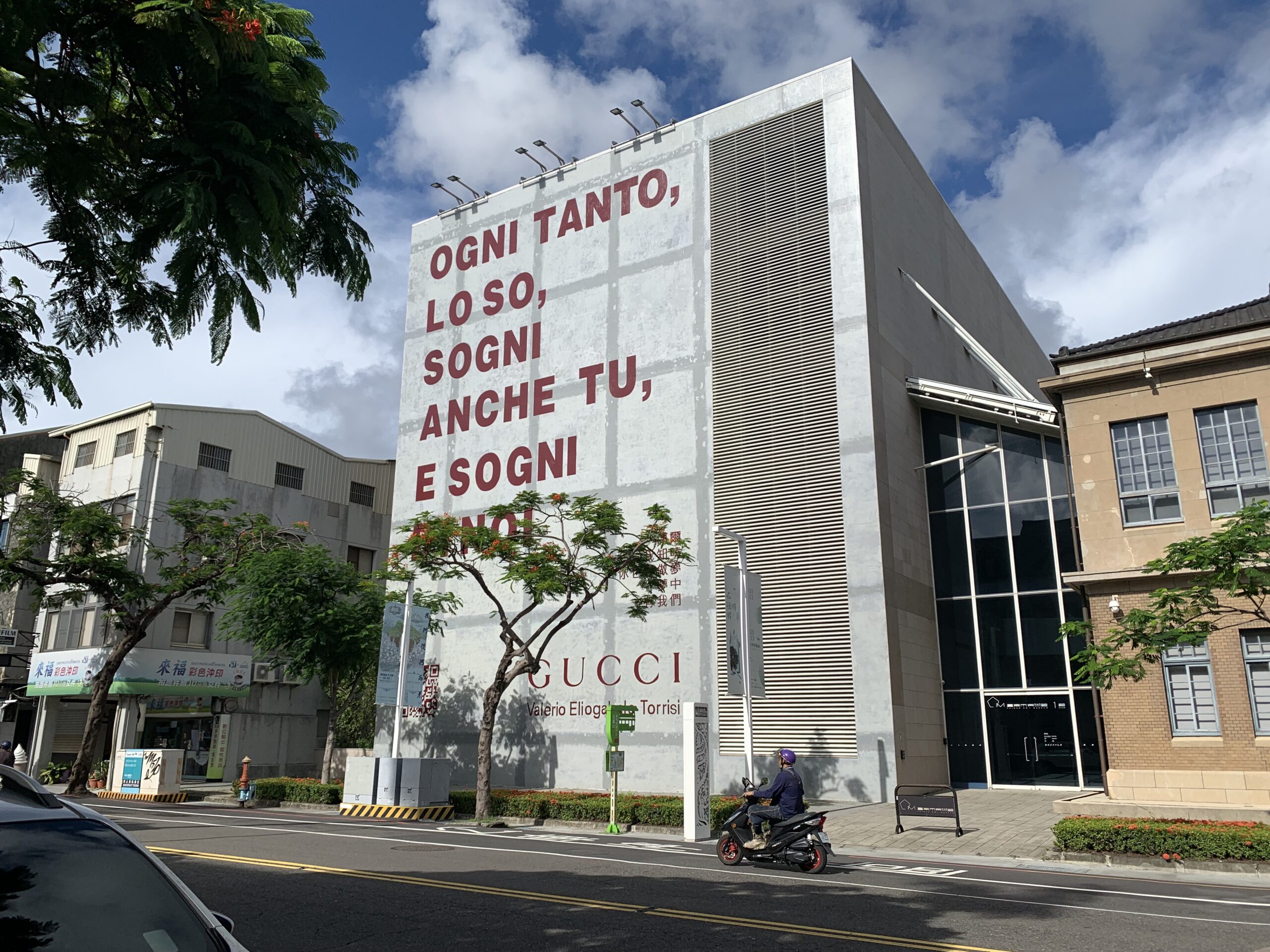Recently, I had the opportunity to visit a small exhibition by Gucci in Tainan, Taiwan, which showcased the 2024 Spring/Summer collection from the brand’s new creative director, Sabato de Sarno. The exhibition, titled “ANCORA,” featured five outfits of women’s wear from the upcoming collection, as well as works from Italian artists and a display of the brand’s first and second magazines. These magazines included pictures related to art, music, architecture, clothing, and culture, aiming to immerse visitors in the world of Gucci as envisioned by the new director. De Sarno’s approach focuses on reviving the brand’s heritage and culture, aiming to re-engage audiences with Gucci’s rich history.

On the same day I travelled to Tainan to see the exhibition, the previous creative director of Gucci, Alessandro Michele, surprised everyone by launching an unexpected collection for Valentino just one day before Gucci’s men’s new collection reveal. This overlap was intriguing and didn’t seem like a mere coincidence, successfully drawing public attention.
The Valentino collection displayed strong stylistic elements reminiscent of Michele’s previous work at Gucci, captivating audiences despite the lack of a fresh perspective. Michele’s distinct personal style was evident, making the collection feel like a continuation of his earlier creations. Despite the absence of novelty, the collection successfully drew attention, illustrating the power of a well-defined personal aesthetic. It seems that Valentino isn’t necessarily looking to emphasize the brand’s styles but rather infuse the brand with Michele’s characteristic touch. This strategy has successfully garnered attention, reflecting a broader trend where some luxury brands are increasingly focused on generating online buzz and discussions.
While Valentino seems to prioritize attention-grabbing designs, other brands like Gucci, Bottega Veneta, and Burberry are seeking to reconnect with their heritage. Exploring the Gucci exhibition further emphasized the contrast in approaches between the two brands. While Valentino leveraged the designer’s established style to create a conversation, Gucci’s new director is steering the brand back to its roots, aiming to highlight its historical and cultural essence.
In conclusion, the fashion world is witnessing diverse strategies from luxury brands to capture public attention. While some brands, like Valentino, are capitalizing on the distinctive styles of well-known designers to spark online discussions, others, such as Gucci, are revisiting their brand DNA to reconnect with their heritage. This dual approach highlights the dynamic nature of fashion marketing, where innovation and tradition coexist to captivate audiences.



